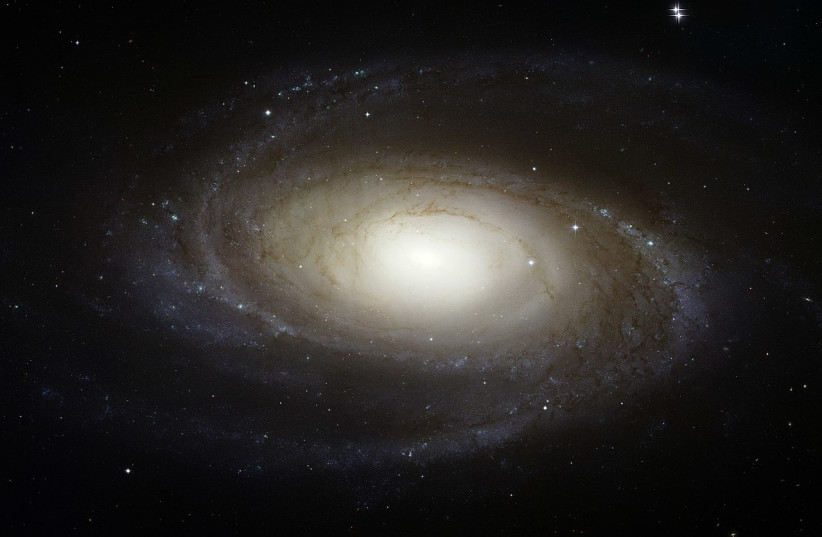The universe is reportedly 26.7 billion years old – study
An astrophysicist and professor at the University of Ottawa led a study concluding that the universe is reportedly 26.7 billion years old. This new conclusion doubles the estimated age of the universe.
The study, published last week in the peer-reviewed scientific journal Monthly Notices of the Royal Astronomical Society, states that the universe is twice as old as what is currently estimated.
“Our newly-devised model stretches the galaxy formation time by several billion years, making the universe 26.7 billion years old, and not 13.7 as previously estimated,” said Prof. Rajendra Gupta, the lead researcher of the study.
The previous estimate was made two years ago using the Lambda-CDM, which is a concordance model – which in cosmology is used to indicate the most commonly used cosmological model.
“Our newly-devised model stretches the galaxy formation time by several billion years, making the Universe 26.7 billion years old, and not 13.7 as previously estimated.”
Prof. Rajendra Gupta
Astrophysicists have tried to calculate how long the universe has existed by measuring the time elapsed since the Big Bang and evaluating the oldest stars at high redshifts of light coming from other galaxies. What confuses researchers are ancient stars that are reportedly older than the estimated age of the universe and also the discovery of early galaxies existing 300 million years after the Big Bang. These discoveries were made possible by the James Webb Space Telescope.
 The spiral galaxy Messier 81 (Illustrative). (credit: Wikimedia Commons)
The spiral galaxy Messier 81 (Illustrative). (credit: Wikimedia Commons)Hybrid models developed for the study
In the study itself, researchers have developed hybrid models that include the tired light concept in the expanding universe – a theory developed by 20th-century Swiss astronomer Fritz Zwicky. The theory proposes that the redshifts of light coming from other galaxies are due to energy loss by photons over cosmic distances.
Gupta discovered that the redshift is a hybrid phenomenon. Furthermore, Zwicky also introduced the concept of coupling constants, which govern the interaction between particles, and their evolution to form early galaxies that were observed by the telescope at high redshifts and can be extended to several billion years – as opposed to a few hundred million.





Comments are closed.